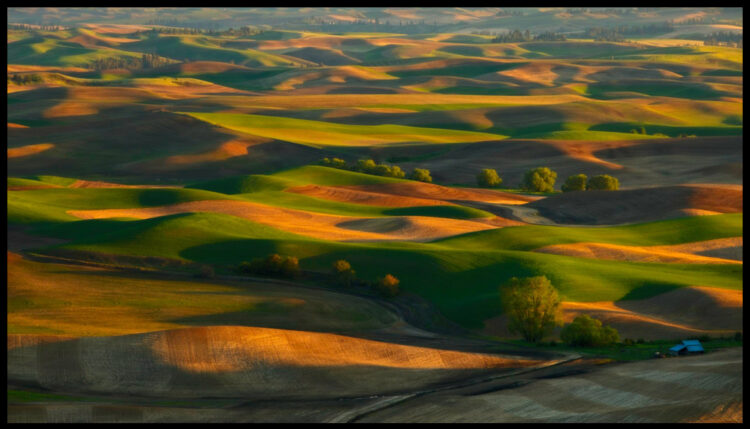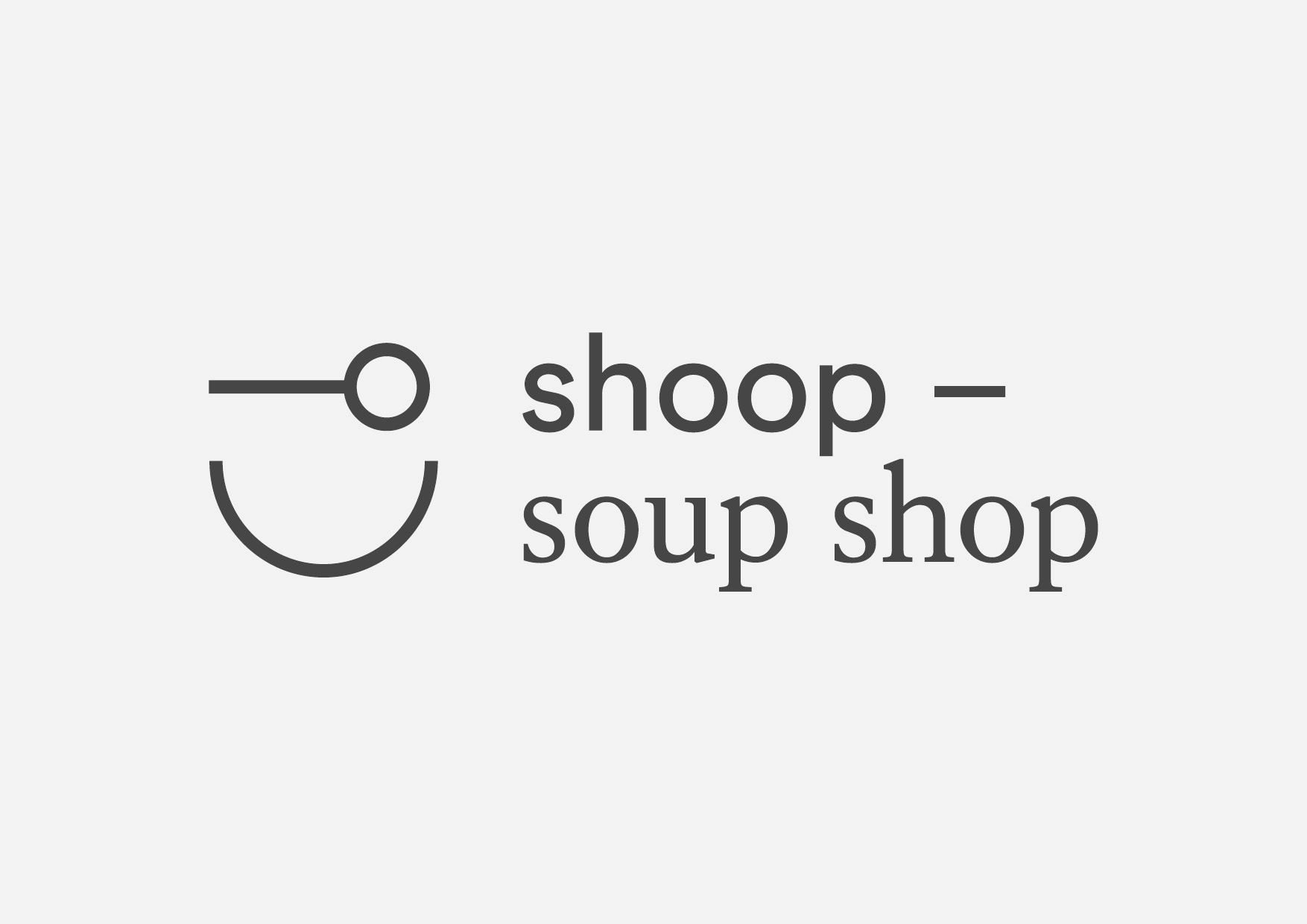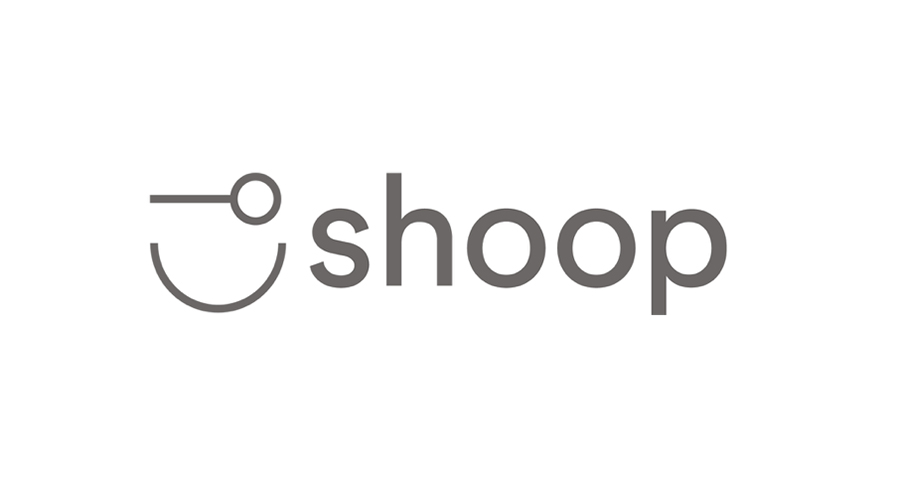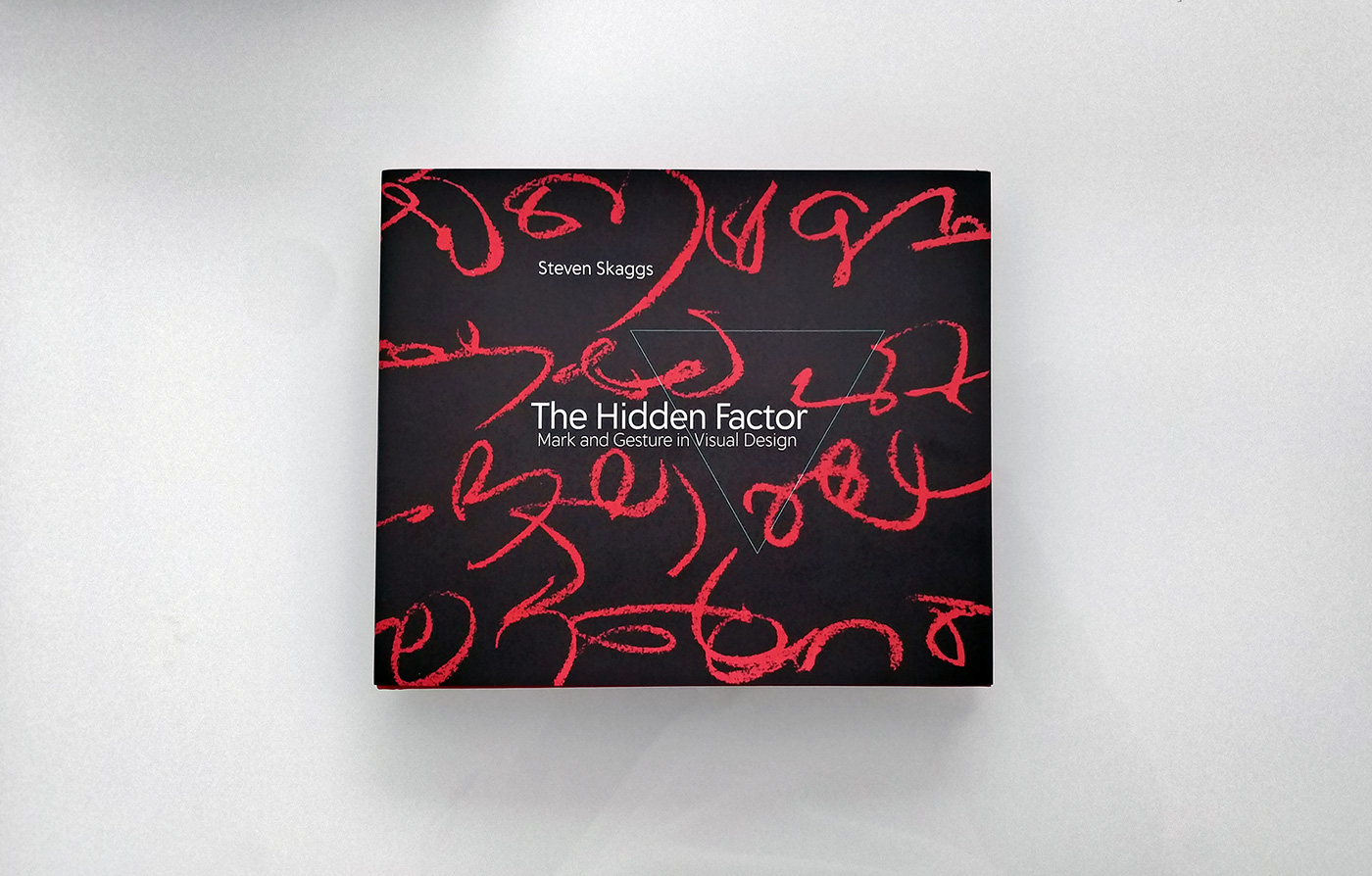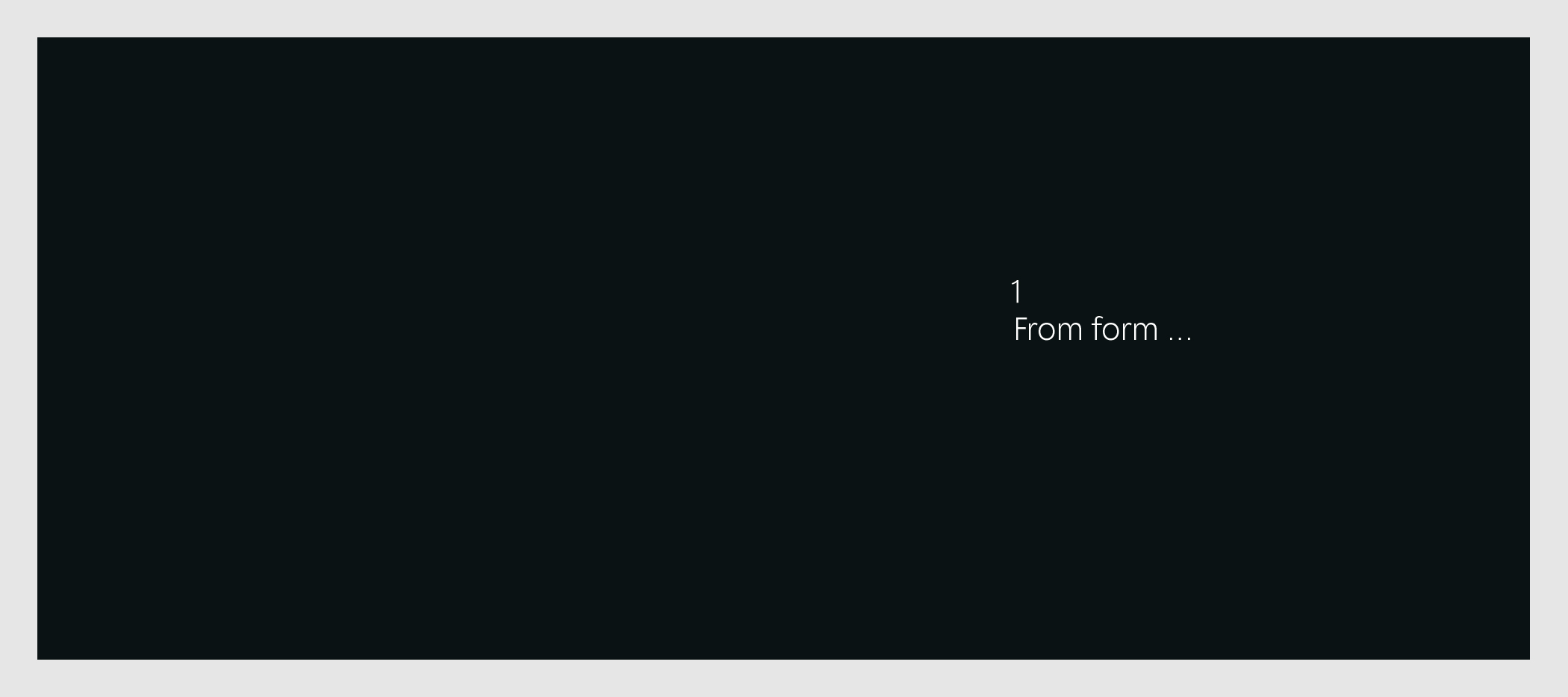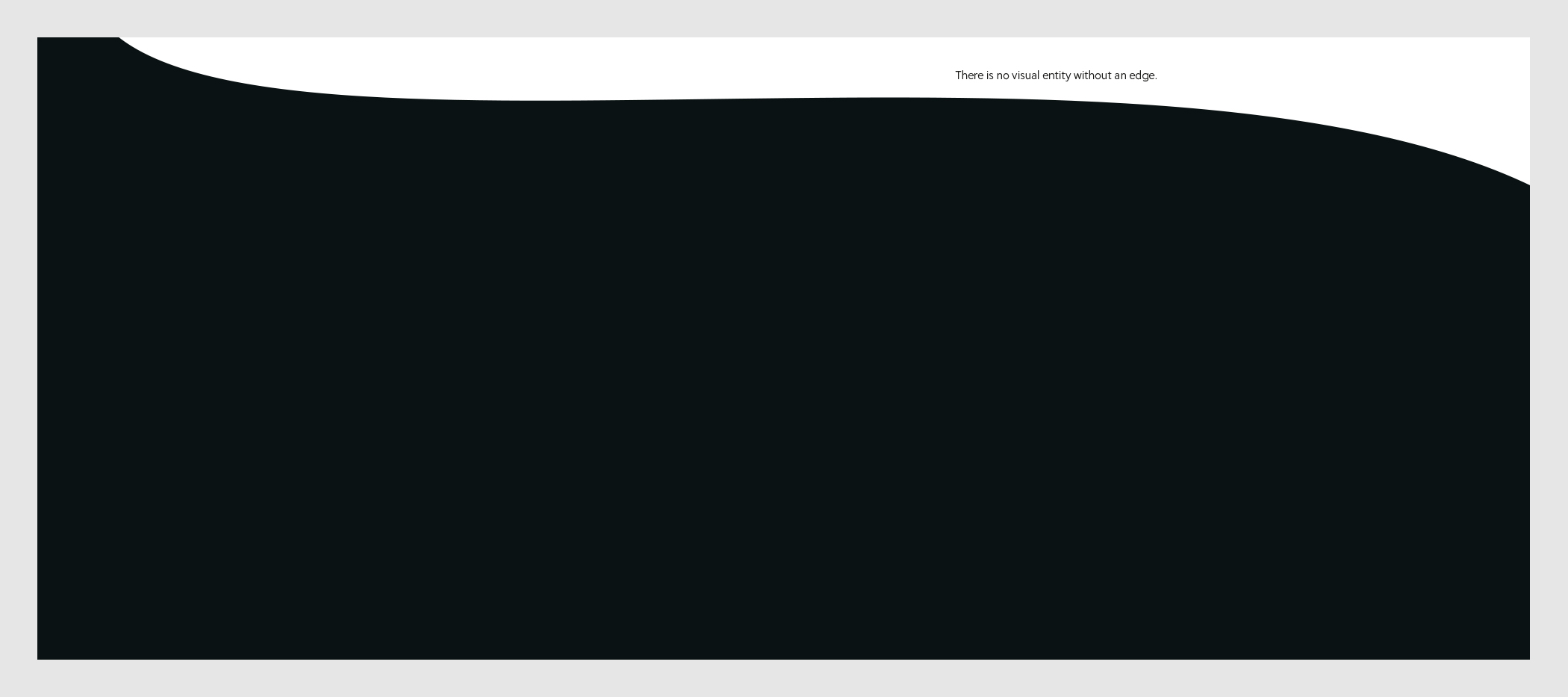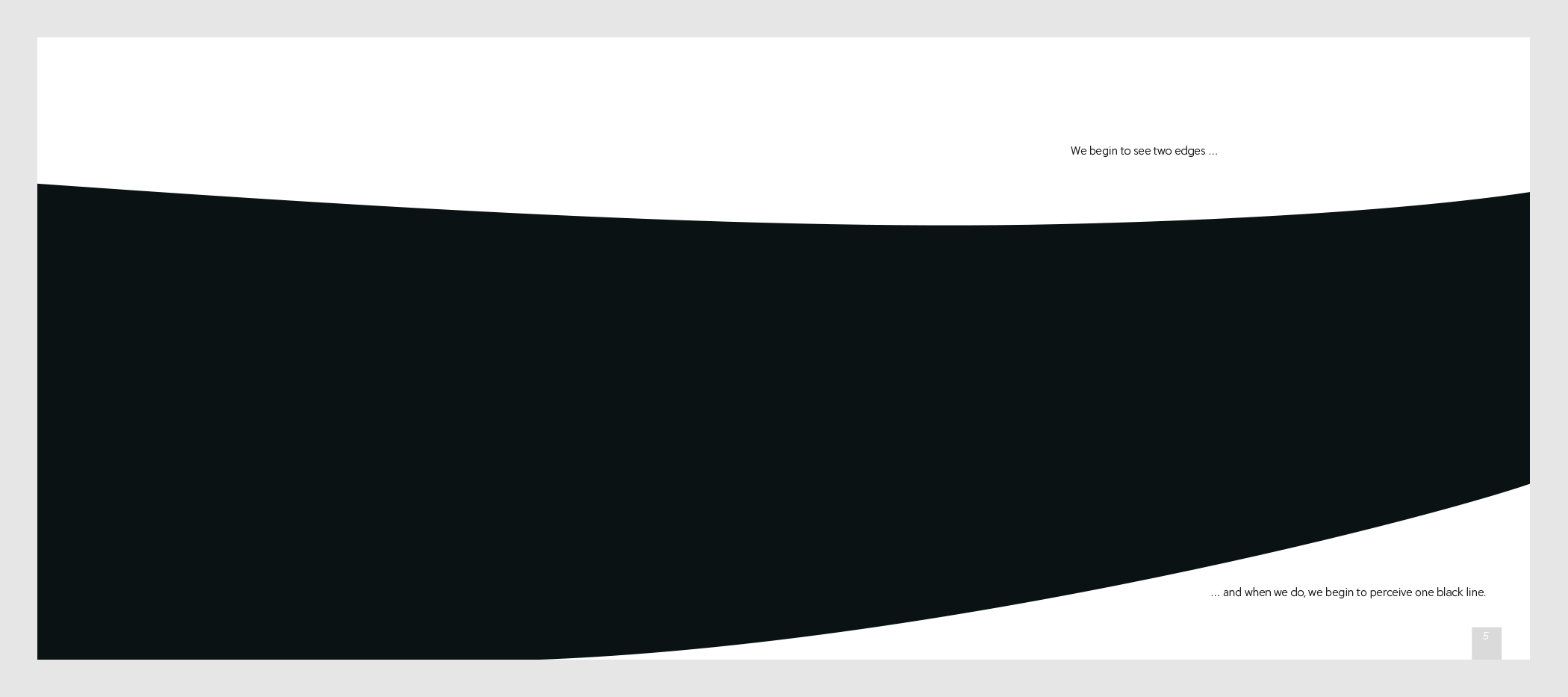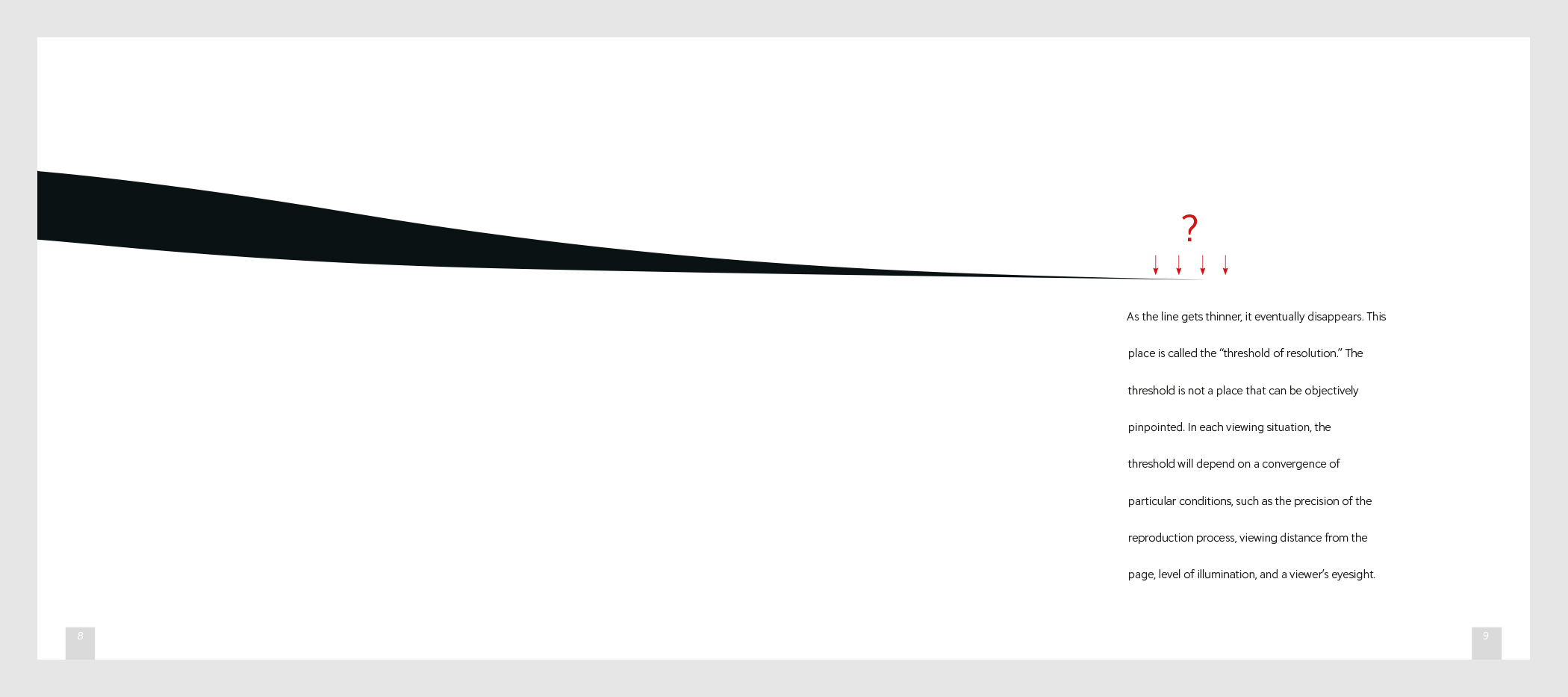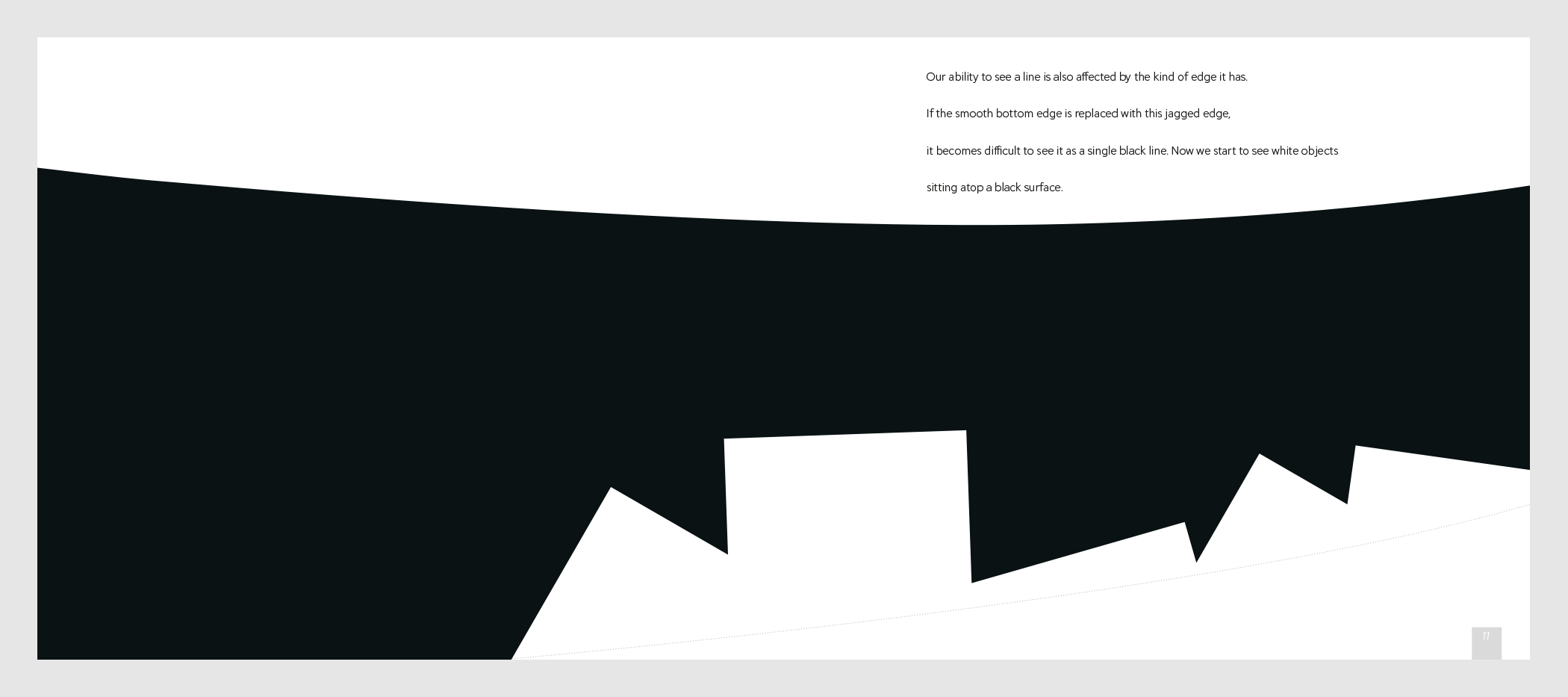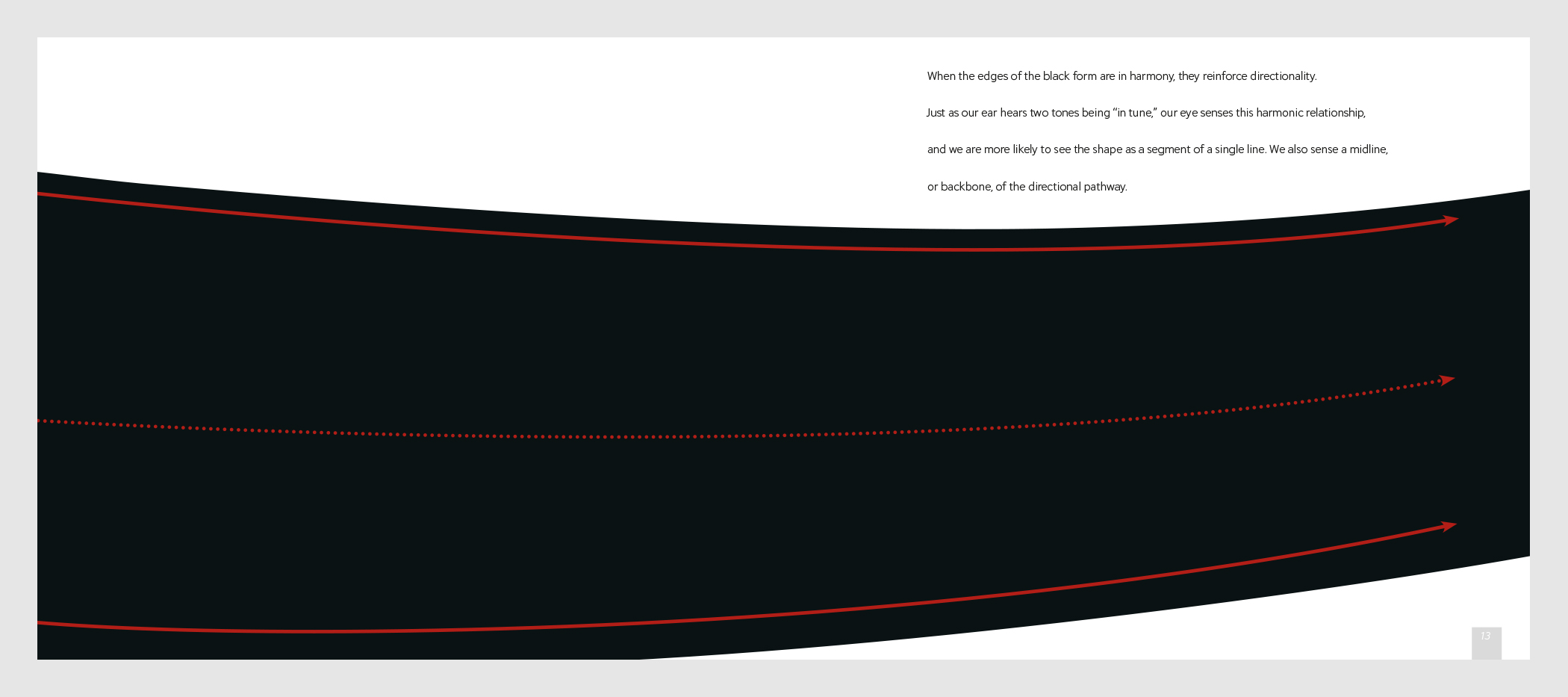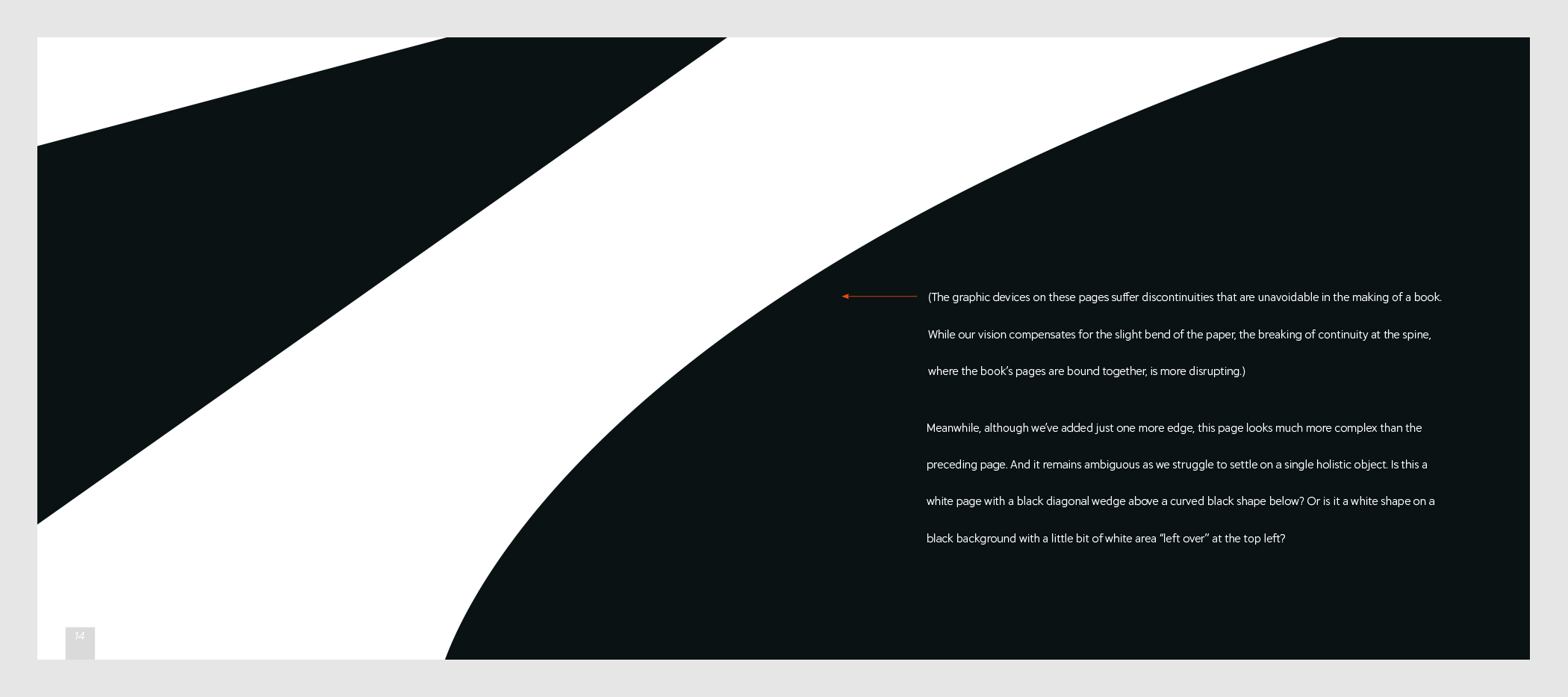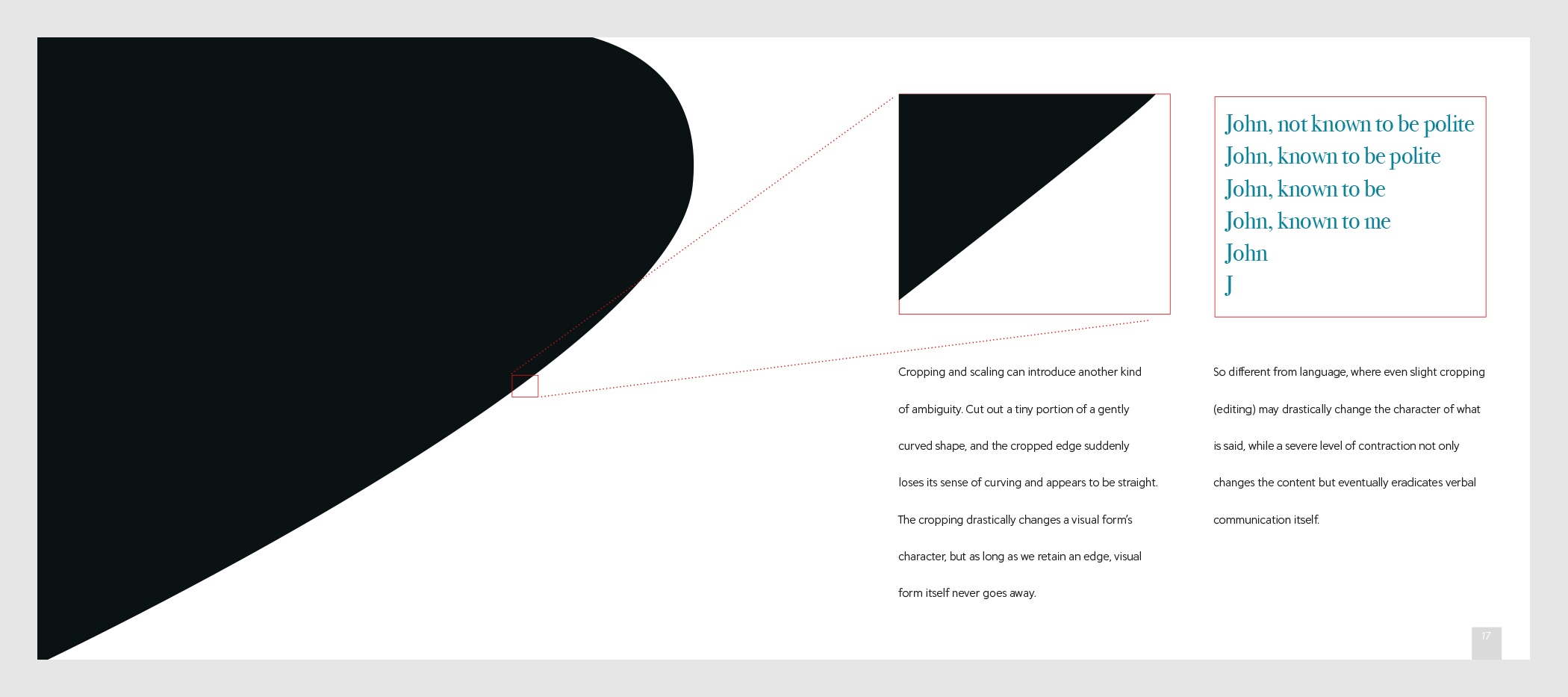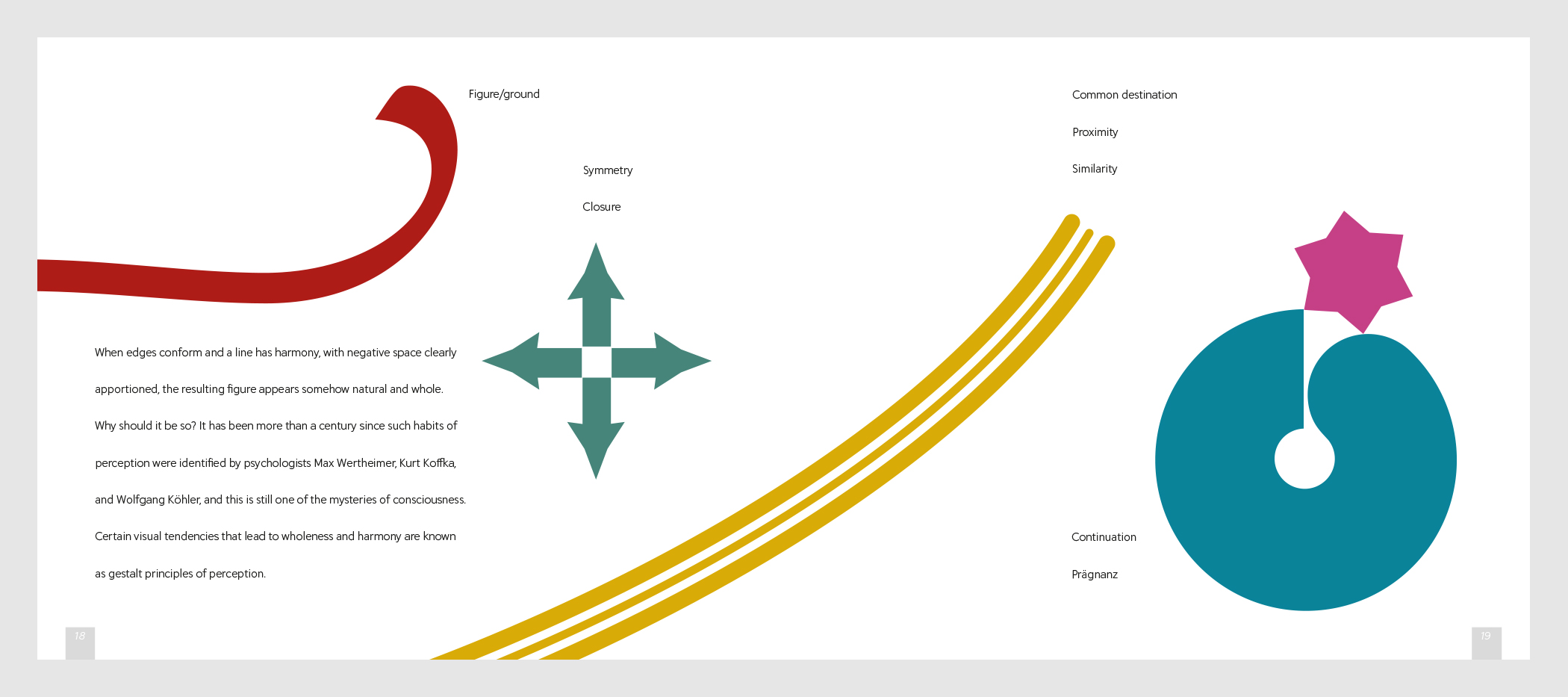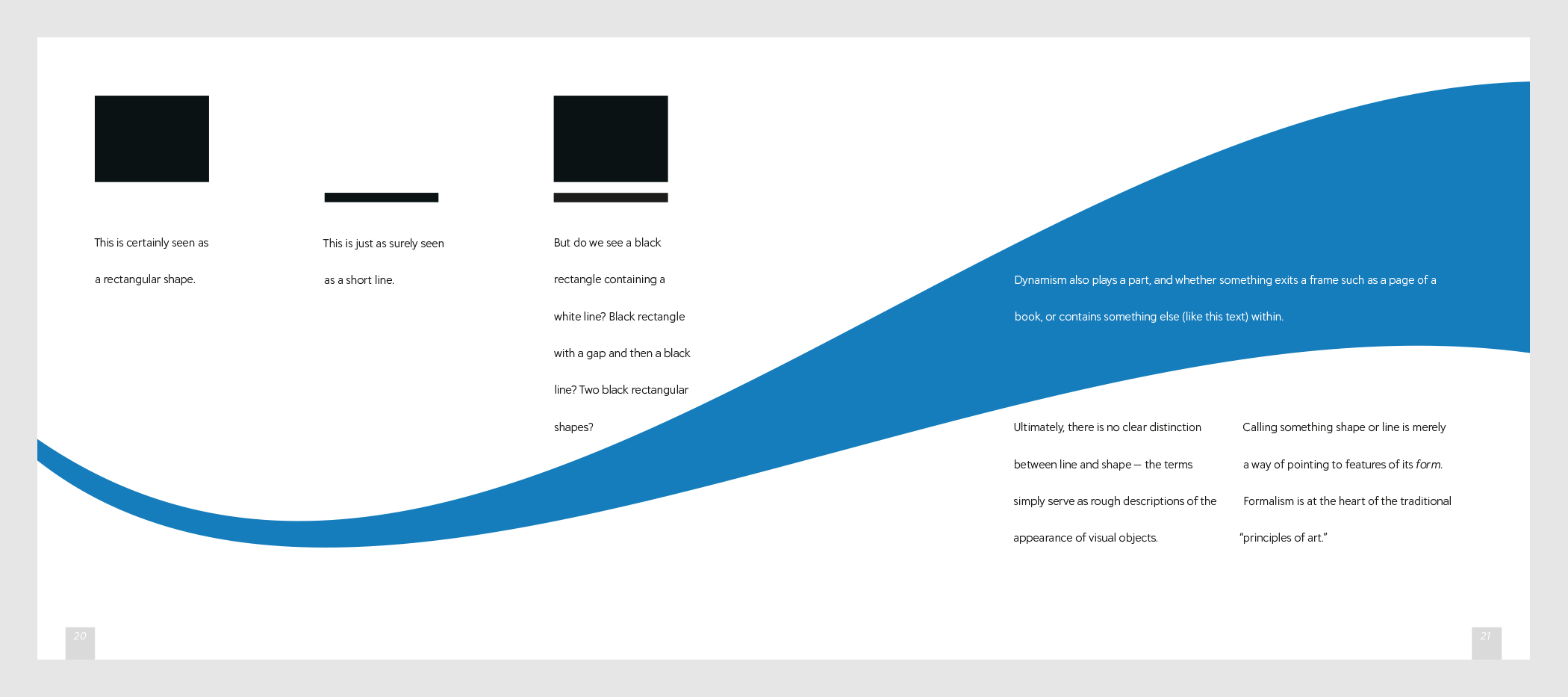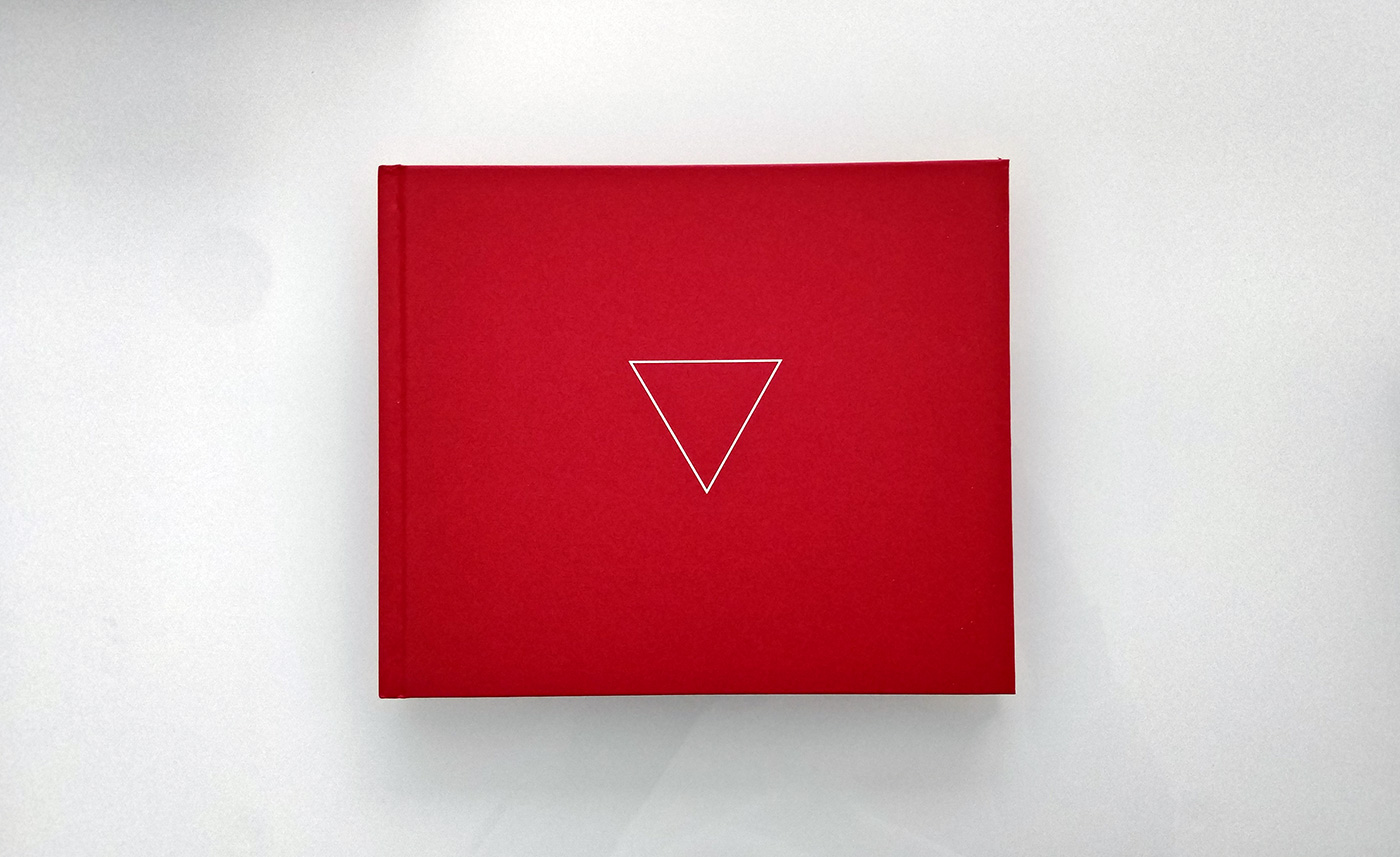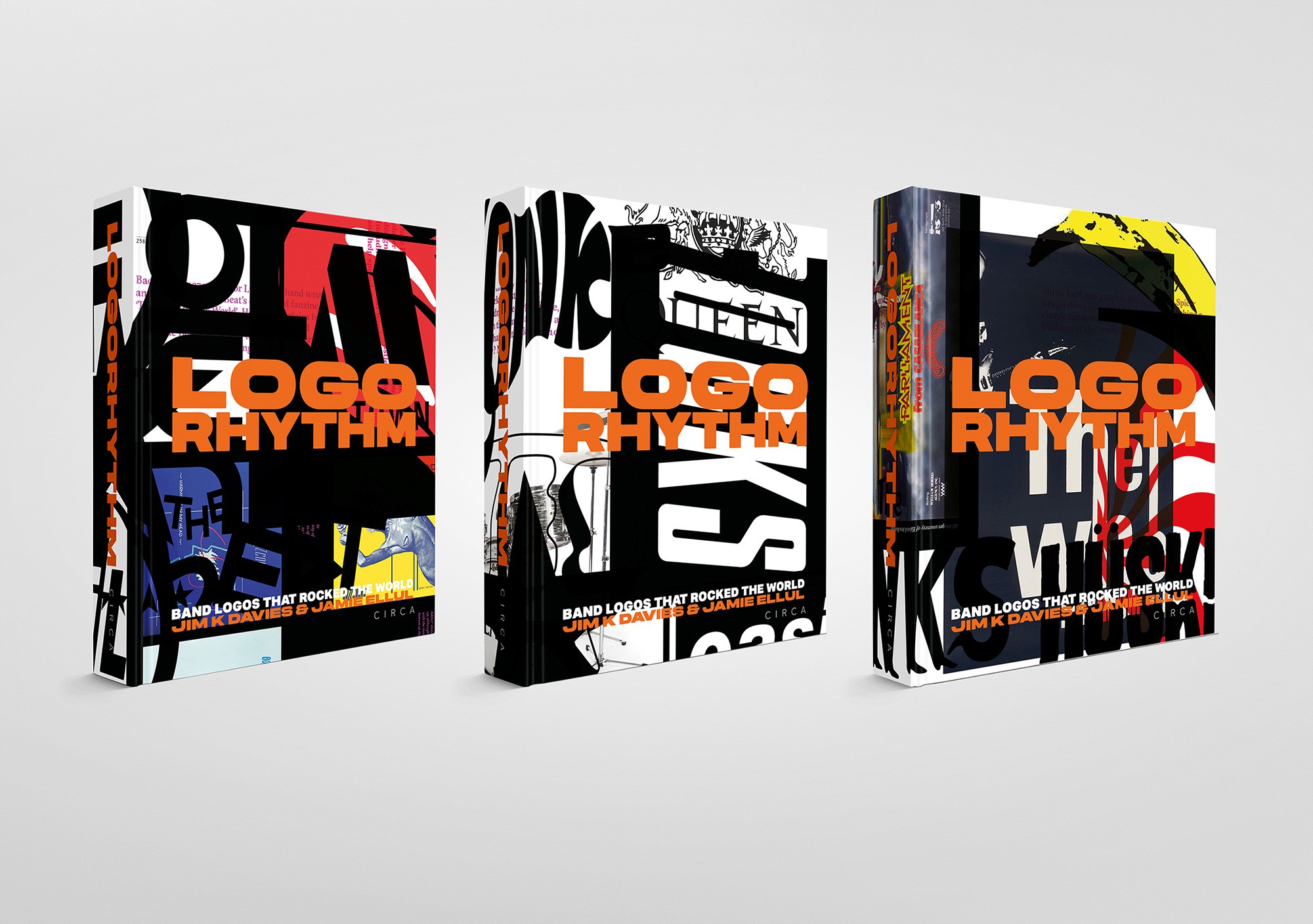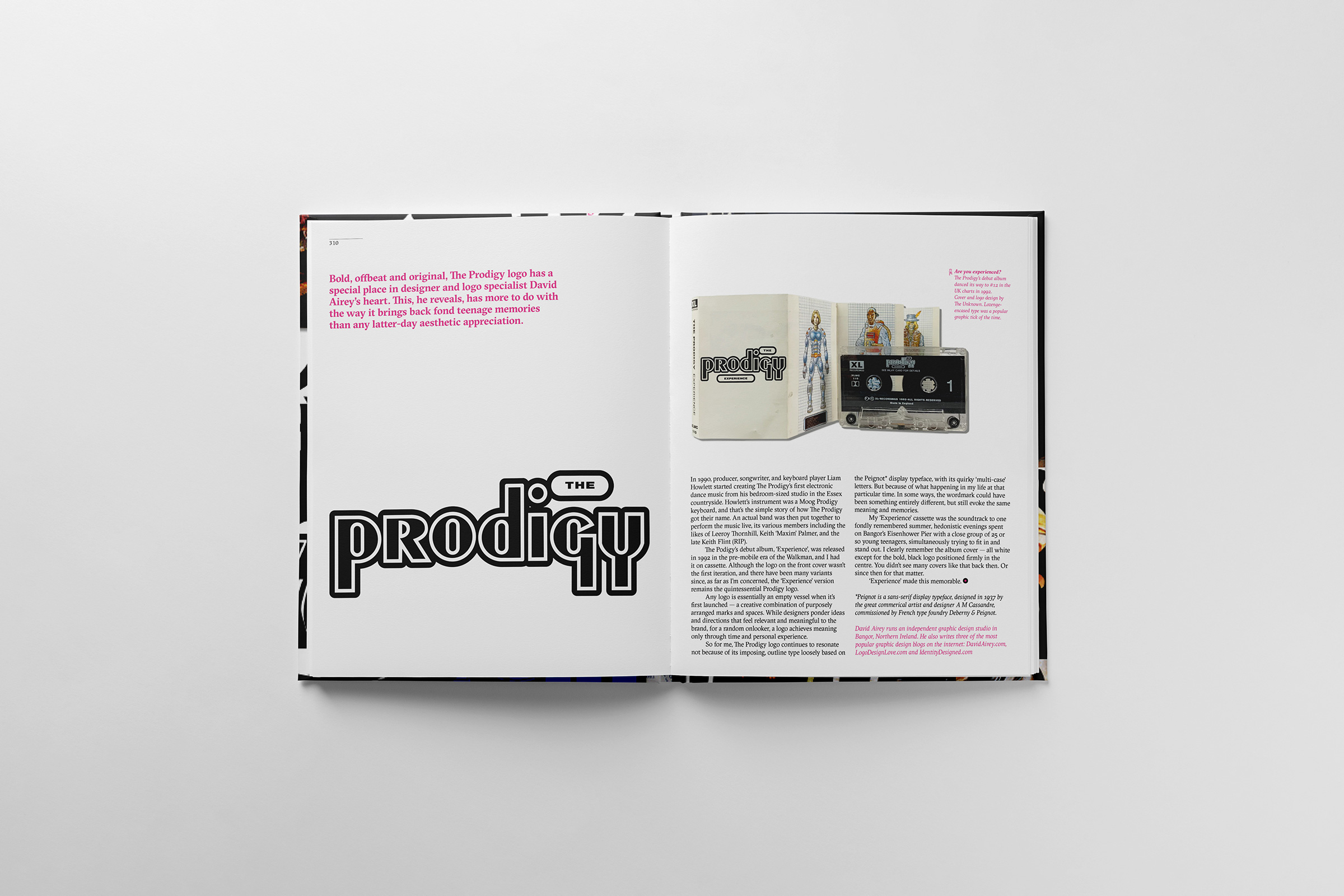Diesel Living with Lodes Unveils Two Striking Additions for Milan Design Week
As Milan Design Week approaches, anticipation mounts as Diesel Living with Lodes prepares to introduce two new additions to its acclaimed lineup: Megaphone and Cross. These innovative designs epitomize the intersection of timeless elegance and modern functionality, offering captivating options for both residential and hospitality spaces.

Megaphone, a table lamp inspired by the iconic shape of 1950s megaphones, seamlessly blends vintage charm with contemporary flair. Its conical silhouette widens upwards, reminiscent of a poised instrument ready to emit sounds, yet instead, it bathes surroundings in soft, enveloping light. Crafted with meticulous attention to detail, Megaphone features a blown glass lampshade in gradient metallic finishes, exuding an air of mystery and sophistication. The lamp rests atop a sleek black steel base, housing an E27 filament bulb and boasting an adjustable dimmer switch for customizable lighting experiences. With its bold shapes and clean lines, Megaphone serves as a stunning accent piece, whether gracing a living room sideboard or illuminating a hospitality setting with its modern allure.

Meanwhile, the Cross pendant lamp embodies simplicity and elegance, reimagining pure triangular shapes into a functional design masterpiece. Its conical fabric diffuser is adorned with a distinctive ‘X’ detail at the top, not only lending visual interest but also providing structural support for stability. The lamp’s ivory-colored fabric shade exudes warmth, enhanced by subtle seams aligned with the cross detail. Like its counterpart, Cross features an E27 bulb connection and an adjustable dimmer switch, offering versatility in lighting intensity. Whether hung alone or in clusters, this pendant lamp infuses spaces with a soft, inviting glow, making it equally suitable for intimate residential settings or dynamic hospitality environments.



Both Megaphone and Cross will take center stage at Diesel Living’s Fuorisalone space in Brera from April 15 to 30, 2024, inviting visitors to experience firsthand the marriage of exquisite craftsmanship and contemporary design. With their striking aesthetics and functional versatility, these new additions are poised to captivate audiences and redefine the boundaries of modern lighting. As Milan Design Week unfolds, Diesel Living with Lodes continues to reaffirm its commitment to innovation, offering inspired solutions for discerning clientele seeking both style and substance in their interiors.

https://www.positive-magazine.com/diesel-living-with-lodes-unveils-two-striking-additions-for-milan-design-week/?utm_source=rss&utm_medium=rss&utm_campaign=diesel-living-with-lodes-unveils-two-striking-additions-for-milan-design-week



